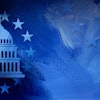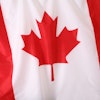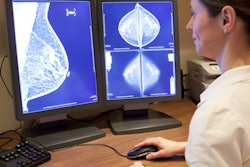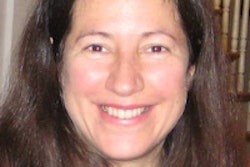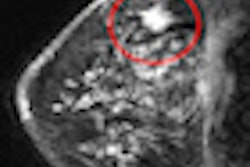Dedicated breast surgeons are an excellent alternative to specialized breast radiologists for interpreting mammograms, especially in the face of what some say is a shortage of mammography specialists, according to a study presented at the recent American Society of Breast Surgeons meeting in Las Vegas.
In the six-year study, breast surgeons at a surgeon-run breast health center associated with the Stellenbosch University in Matieland, South Africa, achieved the same level of diagnostic accuracy as that reported in the literature by specially trained, dedicated breast radiologists in national European and Australian screening programs.
Lead author Dr. Justus Apffelstaedt, associate professor of surgery and head of the breast clinic at the university, and colleagues found that the surgeons' accuracy was higher than that of typical U.S. radiologists reading mammograms, whose patients often have a greater number of repeat exams and negative biopsies and a lower cancer detection rate.
The study included 10,020 screening mammograms performed between January 2003 and June 2009 at the clinic. The researchers recorded patient age, indication for mammography, hormonal replacement therapy and its duration, prior breast surgery, the outcome of the mammography, abnormality characteristics, and location and final histopathology.
Women had to be 40 years of age or older, asymptomatic, and without a personal history of breast cancer. Over the course of the study, mammography was performed on film-screen equipment until July 2006, after which the exams were done on full-field digital mammography (FFDM) systems. All mammograms were double-read by two experienced breast surgeons, according to Apffelstaedt.
At the breast clinic, surgeons, as well as radiologic technologists, had intensive training in mammography interpretation before starting to read mammograms, and they participated in about 100 hours annually of continued professional development in clinical breast imaging.
For women between the ages of 40 and 49, 4,177 screening mammograms were performed. The breast surgeons had a cancer diagnosis rate of 4.1 per 1,000 examinations and a recall rate of 4.3%. Their biopsy rate was 1.7% (with a malignancy rate of 23%). In this age group, 7.8% of studies were performed in women on hormone replacement therapy; prior breast surgery had been performed in 24%.
In women 50 years and older, 5,843 screening mammograms were performed, and the breast surgeons had a cancer diagnosis rate of 11.5 per 1,000 examinations. Their recall rate was 5% and the biopsy rate was 2.3% (with a malignancy rate of biopsy of 49%). In this cohort, 50% of studies were performed in women on hormone replacement therapy, and prior breast surgery had been performed in 31%.
Of the cancers detected, 36% were in situ, and of invasive cancers, 85% were node negative. The average size of invasive cancer was 11.9 mm.
How do the results compare to U.S. figures? Dr. Robert Rosenberg of the University of New Mexico Health Sciences Center and colleagues published benchmarks in a large 2006 study that included women younger than 30 to older than 80 (Radiology, October 2006, Vol. 241:1, pp. 55-66). The study collected data from the Breast Cancer Surveillance Consortium (BCSC), which included 188 mammography facilities and 807 radiologists reading 2.5 million screening mammograms between 1996 and 2002.
Rosenberg's study did not break out the cancer diagnosis rate for women by age group. Respective means for the middle 50% of the study's radiologists were 9.8% for the recall rate and 4.7 per 1,000 for the cancer diagnosis rate. The average size of invasive cancer was 13 mm.
The new findings indicate that it's experience that counts -- whether the clinician is a surgeon or a radiologist, according to Apffelstaedt.
"Our findings suggest that the ability to precisely analyze breast images is enhanced by both ongoing experience and specialized training, and that shifting mammography reading from general radiologists to specially trained breast surgeons may be beneficial when dedicated breast radiologists are not available," Apffelstaedt said.
By Kate Madden Yee
AuntMinnie.com staff writer
May 10, 2010
Related Reading
FFDM magnification causes problems with lesion measurement, February 2, 2010
Breast imagers, ahoy: New technology on the horizon, August 20, 2009
Digital mammography transition: The hidden issues, June 4, 2009
Digital mammography transition: The agony and the ecstasy, May 5, 2009
Digital mammograms take longer to read, study suggests, January 6, 2009
Copyright © 2010 AuntMinnie.com



